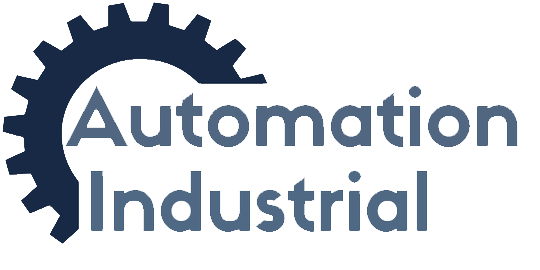Three-Phase Motors and Drives in HVAC Systems
Tags: Drives, HVAC, Motors
The Heating, Ventilation, and Air Conditioning (HVAC) industry, a critical sector in ensuring comfortable and healthy indoor environments, has increasingly adopted three-phase motors and drives in its systems. These components are renowned for their efficiency, durability, and superior performance compared to their single-phase counterparts. Today we’ll explore the applications of three-phase motors and drives in HVAC systems, delving into how they enhance system performance and efficiency.
Three-Phase Motors in HVAC Applications
Three-phase motors are widely used in commercial and industrial HVAC systems due to their ability to handle higher power demands and their efficiency in continuous operation. These motors are essential in large-scale HVAC systems where reliable and efficient operation is paramount.
Driving Large-Scale Air Handlers and Chillers
In large buildings and industrial facilities, air handlers and chillers constitute a significant portion of the HVAC system. Three-phase motors are employed in these units due to their capacity to handle the high power requirements and their efficiency in running large fans and compressors. These motors ensure that air handling units operate effectively, circulating air throughout extensive duct systems, and that chillers maintain the necessary cooling capacities.
Operational Efficiency in Ventilation Systems
Ventilation systems, especially those in large commercial buildings or industrial settings, benefit from the use of three-phase motors. These motors power exhaust fans and air intake systems, ensuring effective air exchange and maintaining indoor air quality. Their ability to operate for extended periods without overheating or losing efficiency is crucial in maintaining a healthy indoor environment.

The Advantages of Three-Phase Drives in HVAC Systems
Three-phase drives, also known as Variable Frequency Drives (VFDs), are used to control the speed and torque of three-phase motors. In HVAC systems, these drives offer several benefits that significantly enhance system performance.
Energy Efficiency and Cost Savings
The primary advantage of using three-phase drives in HVAC systems is improved energy efficiency. By controlling the speed of the motor, VFDs ensure that the motor uses only the amount of energy necessary for the current load, reducing energy wastage. This efficiency translates into significant cost savings, especially in systems where the demand varies throughout the day.
Extended Equipment Lifespan
Three-phase drives reduce the mechanical stress on HVAC components by enabling soft start and stop capabilities. This gentle ramping up and down of motor speed extends the lifespan of the system’s components, reducing maintenance costs and downtime.
Improved Comfort and Air Quality Control
VFDs allow for precise control over airflow and temperature, enhancing comfort levels within buildings. In systems like air handlers and ventilation units, this precise control ensures that air is distributed evenly and at the right temperature, contributing to a more comfortable indoor environment.
Applications in Various HVAC Systems
Centralized Air Conditioning Systems
In centralized air conditioning systems, particularly those in large commercial buildings, three-phase motors and drives are integral. They power the central chillers, air handling units, and pumps that circulate chilled water, providing efficient cooling across extensive areas.
Industrial Refrigeration
In industrial settings, such as cold storage warehouses or manufacturing plants requiring precise temperature control, three-phase motors and drives play a crucial role. They operate large refrigeration compressors and fans, maintaining the necessary low temperatures reliably and efficiently.
Building Automation and Smart HVAC Systems
The integration of three-phase drives with building automation systems and smart HVAC technologies is becoming increasingly common. This integration allows for automated adjustments of motor speeds based on real-time data, optimizing energy use and maintaining optimal indoor conditions.
Challenges
While three-phase motors and drives offer numerous benefits, their implementation in HVAC systems is not without challenges. The initial cost of these systems can be higher than traditional single-phase systems, and their installation and maintenance require skilled technicians. However, the long-term energy savings and operational efficiencies often justify the investment.
Conclusion
Three-phase motors and drives are transforming HVAC systems, offering unparalleled efficiency, reliability, and performance. Their ability to handle higher power demands and provide variable speed control makes them ideal for large-scale and industrial HVAC applications. As the HVAC industry continues to evolve towards more energy-efficient and intelligent systems, the importance of three-phase motors and drives in achieving these goals is increasingly evident. These components are not just enhancing current HVAC operations but are also paving the way for the next generation of advanced, efficient, and sustainable HVAC solutions.
